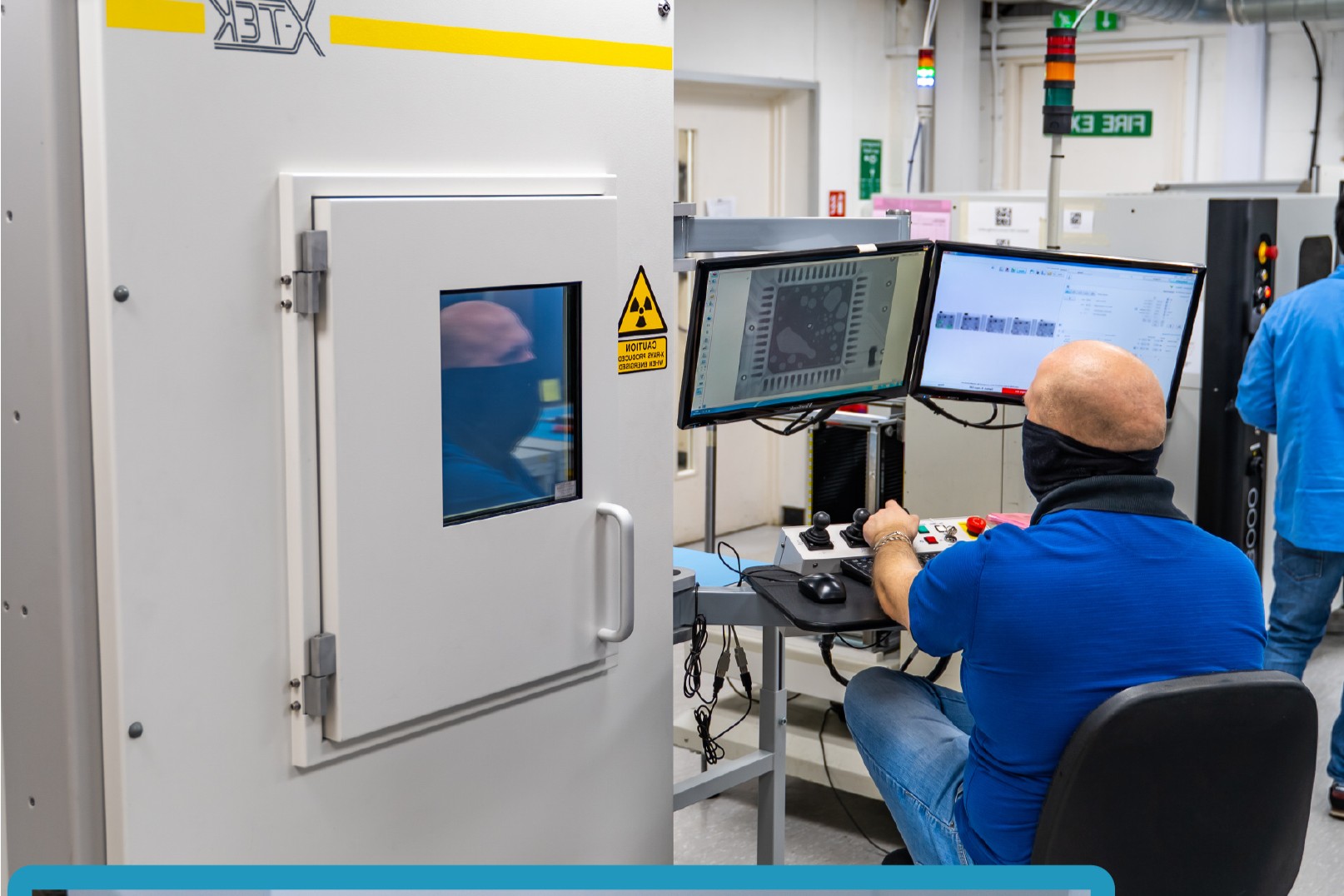
X-ray inspection is a fascinating technology that has revolutionized various industries. But what exactly is X-ray inspection? X-ray inspection uses X-rays to view the internal structure of objects, revealing hidden details without causing damage. This non-destructive method is crucial in fields like medicine, security, and manufacturing. For instance, doctors use it to diagnose broken bones, while airport security relies on it to scan luggage. In manufacturing, it ensures product quality by detecting flaws in materials. X-ray inspection offers a unique glimpse into the unseen, making it an invaluable tool for safety and quality control. Ready to learn more? Here are 27 intriguing facts about X-ray inspection that will enlighten and amaze you.
What is X-ray Inspection?
X-ray inspection is a fascinating technology used in various fields to see inside objects without opening them. It uses X-rays, a form of electromagnetic radiation, to create images of the internal structure of an object. Here are some intriguing facts about X-ray inspection.
-
X-rays were discovered by Wilhelm Conrad Roentgen in 1895. He stumbled upon them while experimenting with cathode rays.
-
The first X-ray image was of Roentgen's wife's hand, showing her bones and wedding ring.
-
X-ray inspection is widely used in medicine to diagnose broken bones, infections, and tumors.
-
In airports, X-ray machines scan luggage to detect prohibited items like weapons and explosives.
How X-ray Inspection Works
Understanding the mechanics behind X-ray inspection can be quite enlightening. The process involves generating X-rays and directing them towards the object being inspected. The X-rays pass through the object and are captured on a detector, creating an image based on the varying absorption levels.
-
X-rays are produced by accelerating electrons at a metal target, usually tungsten.
-
Dense materials, like bones or metals, absorb more X-rays and appear white on the image.
-
Less dense materials, such as tissues or plastics, absorb fewer X-rays and appear darker.
-
Digital detectors have largely replaced traditional film in X-ray inspection, providing faster and clearer images.
Applications in Different Industries
X-ray inspection isn't just for medical use. It has a broad range of applications across various industries, making it an invaluable tool.
-
In the food industry, X-ray inspection checks for contaminants like metal, glass, or bone fragments in packaged foods.
-
The automotive industry uses X-rays to inspect the integrity of engine parts and welds.
-
In electronics, X-ray inspection ensures the quality of solder joints and the placement of components on circuit boards.
-
Art conservators use X-rays to study the layers of paint and materials in artworks, revealing hidden details and previous restorations.
Safety and Regulations
While X-ray inspection is incredibly useful, safety is a top priority. There are strict regulations to protect both operators and the public from excessive radiation exposure.
-
X-ray machines are designed with shielding to contain radiation and protect users.
-
Operators must wear protective gear, such as lead aprons and gloves, to minimize exposure.
-
Regular maintenance and calibration of X-ray equipment ensure it operates safely and effectively.
-
Regulatory bodies, like the FDA and OSHA, set guidelines and standards for the safe use of X-ray technology.
Advancements in X-ray Technology
X-ray technology has come a long way since its discovery. Continuous advancements have made it more efficient, safer, and versatile.
-
Computed Tomography (CT) scans use X-rays to create detailed cross-sectional images of the body.
-
Digital Radiography (DR) provides instant X-ray images, reducing the need for film and chemicals.
-
Dual-energy X-ray absorptiometry (DEXA) measures bone density and helps diagnose osteoporosis.
-
Portable X-ray machines allow for on-site inspections in remote or challenging locations.
Fun and Surprising Facts
X-ray inspection has some fun and surprising aspects that might not be widely known. These facts highlight the versatility and unexpected uses of this technology.
-
X-rays can reveal hidden messages in old letters and documents by penetrating the paper.
-
Paleontologists use X-rays to study fossils without damaging them, uncovering details about ancient life.
-
X-ray inspection helps in the authentication of historical artifacts by revealing their internal structure and materials.
-
In space exploration, X-ray telescopes study celestial objects, providing insights into the universe's composition and behavior.
-
Some animals, like certain species of fish, have natural X-ray vision, allowing them to see through murky waters.
-
X-ray inspection is used in forensic science to examine evidence and solve crimes.
-
The entertainment industry uses X-rays to create special effects and props, adding realism to movies and TV shows.
Final Thoughts on X-ray Inspection
X-ray inspection is a game-changer in many fields. From medical diagnostics to airport security, it helps keep us safe and healthy. It can detect hidden flaws in materials, ensuring products meet high standards. In the food industry, it spots contaminants that could harm consumers. This technology is also vital in archaeology, revealing secrets of ancient artifacts without damaging them.
Understanding how X-ray inspection works and its applications can help us appreciate its importance. It's not just about seeing inside objects; it's about improving quality control, enhancing safety, and advancing scientific research. As technology evolves, X-ray inspection will likely become even more precise and widespread.
So next time you go through airport security or see a doctor, remember the role X-ray inspection plays in keeping things running smoothly. It's a fascinating blend of science and practicality that impacts our daily lives in countless ways.
Was this page helpful?
Our commitment to delivering trustworthy and engaging content is at the heart of what we do. Each fact on our site is contributed by real users like you, bringing a wealth of diverse insights and information. To ensure the highest standards of accuracy and reliability, our dedicated editors meticulously review each submission. This process guarantees that the facts we share are not only fascinating but also credible. Trust in our commitment to quality and authenticity as you explore and learn with us.
